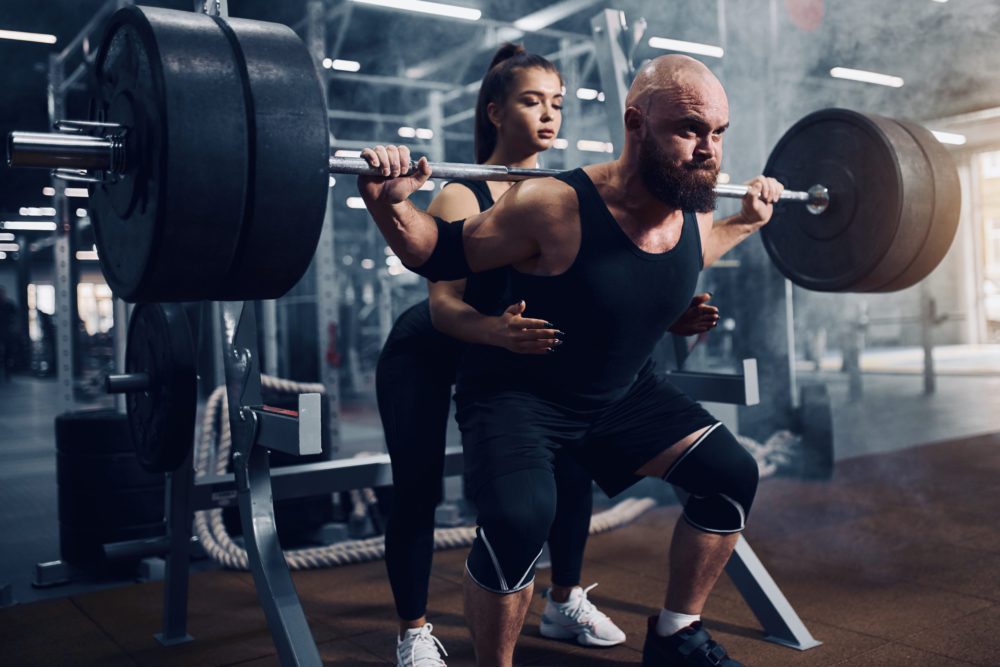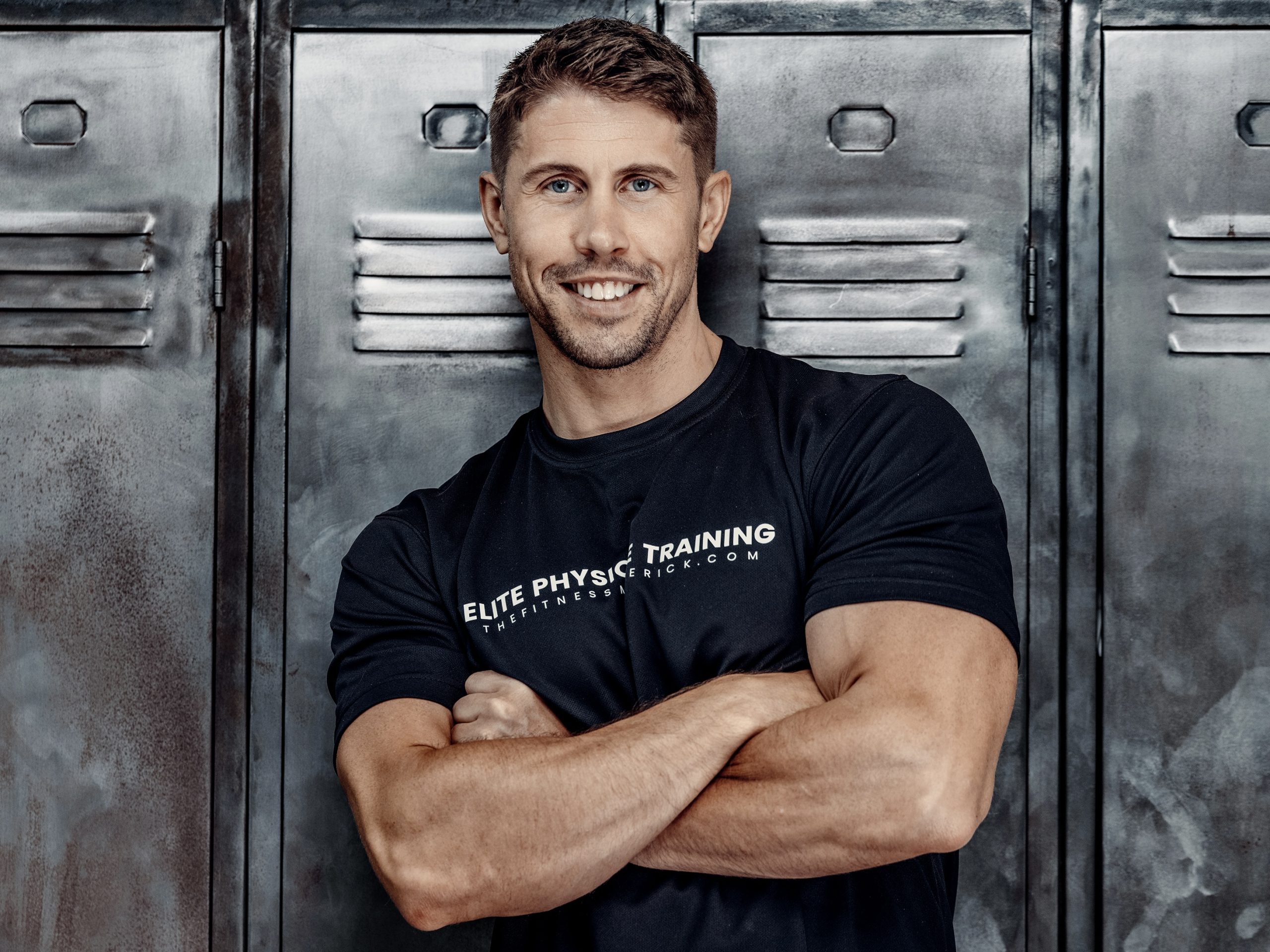If you’ve been out of action from heavy squats for sometime then you’ll want to approach your eager return with some smarts. Even if you’re already squatting, you might be considering a better way to program them for enhanced longevity. This technique will have your squats feeling smoother, stronger and more stable in an instant!
Break the rules
Textbook training wisdom would have you believing that isolation exercises are reserved for the end of your workouts. Theory goes that placing multi-joint and “important” exercises first will have you lifting more and getting the most out of the exercise. For example squats followed by Romanian deadlifts, then leg extensions and hamstring curls – An order of exercises you’ll likely have seen plenty of times in the pages of various muscle mags.
What you may not have heard before, is how many are now taking a more unconventional approach and with massive success. Pumping up your hamstrings before heavy squats is a proven technique to improve how you knees feel when squatting. Not only do your knees feel better, but your squat feels smoother and more stable as well.
If you’re not very well conditioned (e.g., more than 5 reps you count as cardio), in the short-term your squatting numbers may suffer on the day. But, in the longterm they’ll skyrocket up while your knees and hips will have never felt better.
Pump up your hamstrings for better squats
Your hamstrings are key knee stabilizers and don’t get enough attention when it comes to your leg workouts. We’re always thinking of the size of our quads, or talk about the importance of training our glutes. But we forget the role our hamstrings play, and how there needs to exist an optimal ratio of hamstrings to quadriceps strength – Stronger quads require even stronger hamstrings.
Strong hamstrings can create more range of motion and stability during quadriceps-focused exercises. In the longterm prioritizing your hamstrings and hitting them hard in isolation first, is a smart move. But placing hamstring curls at the very start of your lower body workouts have an amazing immediate effect too.
No one really knows how, but after a few sets of high-rep hamstring curls their squats instantly feel way better – As in “what kind of workout wizardry is this” kind of better.
It’s a technique I’ve personally been using for a few years now, like many forced to squat a little smarter after experiencing knee pain from an old rugby injury. If you search Pubmed you won’t find a bunch of studies done on it, but anecdotally there are many Coaches that will also attest to its effectiveness. A number of my own clients would agree that their squats have been transformed, too.
Just to be clear we’re not necessarily talking about doing these before heavy barbell back squats (since that’s the first thing that came in to your head when “heavy squats” were mentioned, right!?). This technique can be used with any squat or knee-dominant exercise you like really – Back squats, front squats, landmine squats, heavy goblet squats, leg presses, split squats, lunges… and so on. Just pump up your hamstrings beforehand to feel the immediate benefits for yourself.
The exercise
Most hamstring curl variations will work. To pre-exhaust your hamstrings before your heavy squats (or whatever) try doing 2-3 sets of 15-25 reps of these hamstring curls using sliders.
Slider hamstring curls are a highly practical way to start using this pre-pump technique for better squats. Core sliders have a warm-up like feel to using them, so from experience much easier to “break the rules” and do them before your squats.
You can even perform your curls right by where you’re about to squat, to make use of the space. Banded hamstring curls are another practical option. Alternatively any hamstring curl machine will work the same way.
Just because you’re using sliders to do hamstring curls it doesn’t mean you should treat them as some half-hearted warm-up. Think of these as sets that are actually used to stimulate some hamstrings growth.
Your goal is to get as much blood back there as possible. If 15-25 reps feel too easy with bodyweight alone, then try loading them.
Loading across your hips
Placing something across your hips is the most obvious way add load. Chains work well because they comfortably sit across your hips, but a dumbbell, medicine ball or even barbell would work too. Just pick a load where 2-3 sets of 15-25 reps has you squealing by the end.
Loading with a band
Using a resistance band levels-out the resistance profile somewhat, as the band adds more resistance as the exercise gets easiest for your hamstrings (heels closest to butt).
Theoretically you’ll achieve more hamstrings activation throughout a larger range of motion using the banded technique. Your hamstrings also don’t get much of a chance to be let off, so you’ll have lots of blood and metabolic stress back there to cry about.
Choose a lighter band than what you anticipate, and begin your curl with some tension in it to start. This is as opposed to a thicker band where the resistance will kick in too fast, and starts floppy.
The key is to also have the band attached coming in at a downward angle. Attach it to something around knee height and then bring it down to hook your heels or ankles in to.
Take-home
If you’re planning on returning to heavy squats soon, or been squatting for sometime and looking for less clunky and more stable squats, then try pumping up your hamstrings first. Your new and unconventional order of exercises are your ticket to better squat and training longevity.

